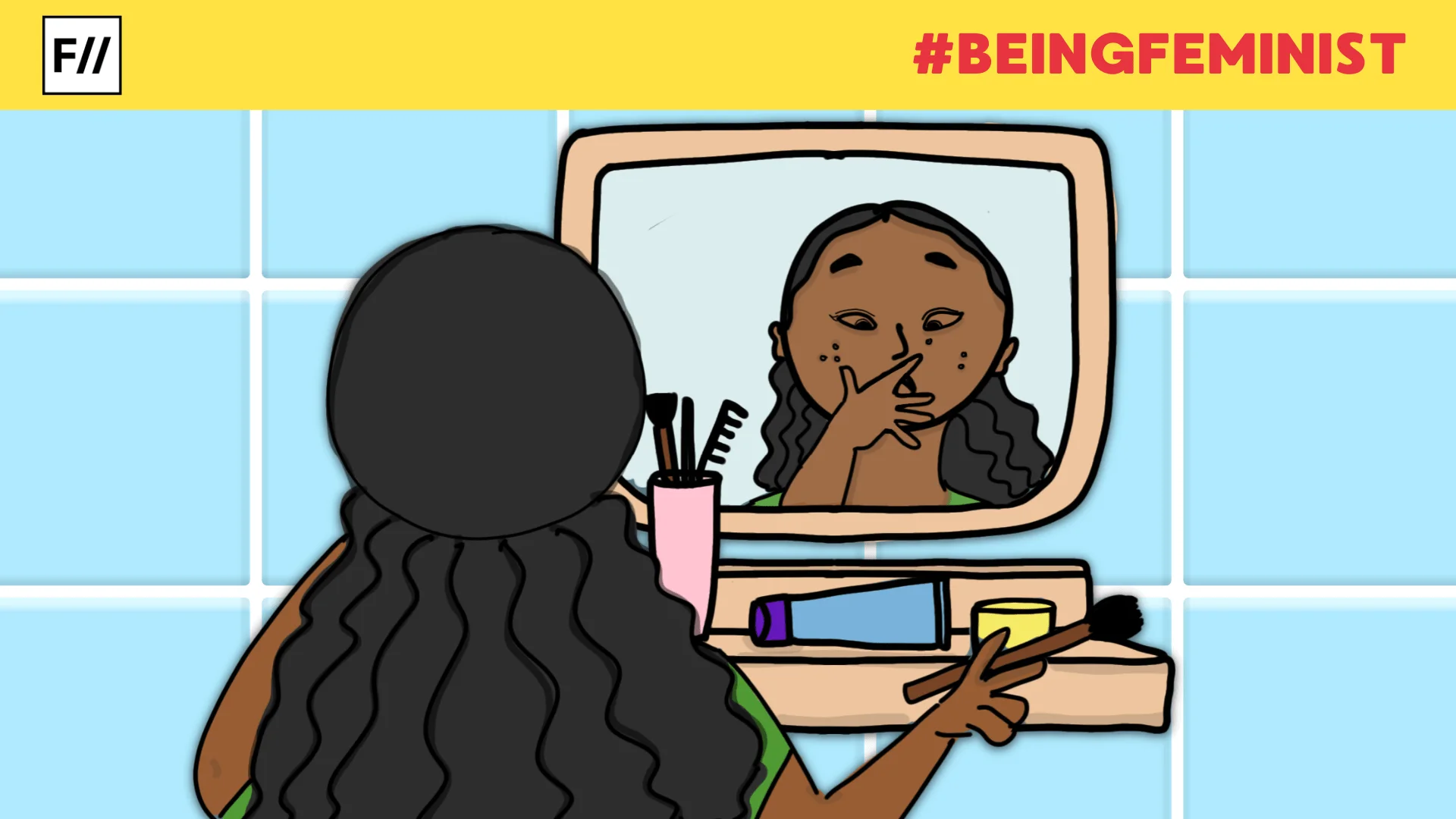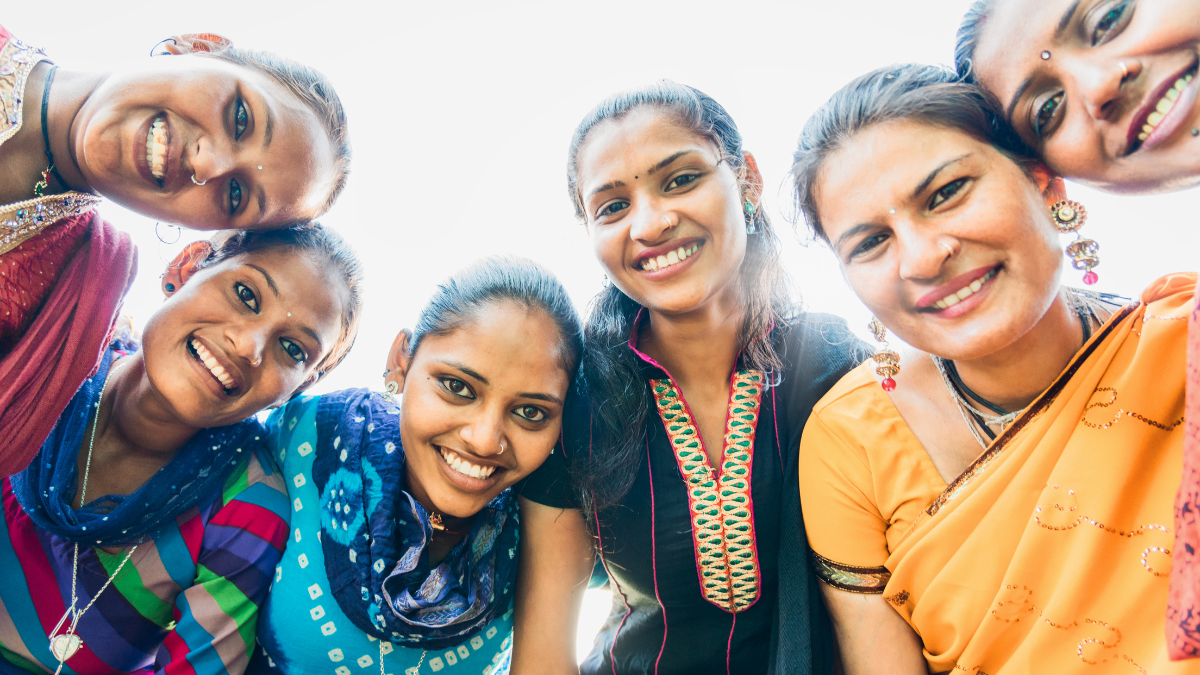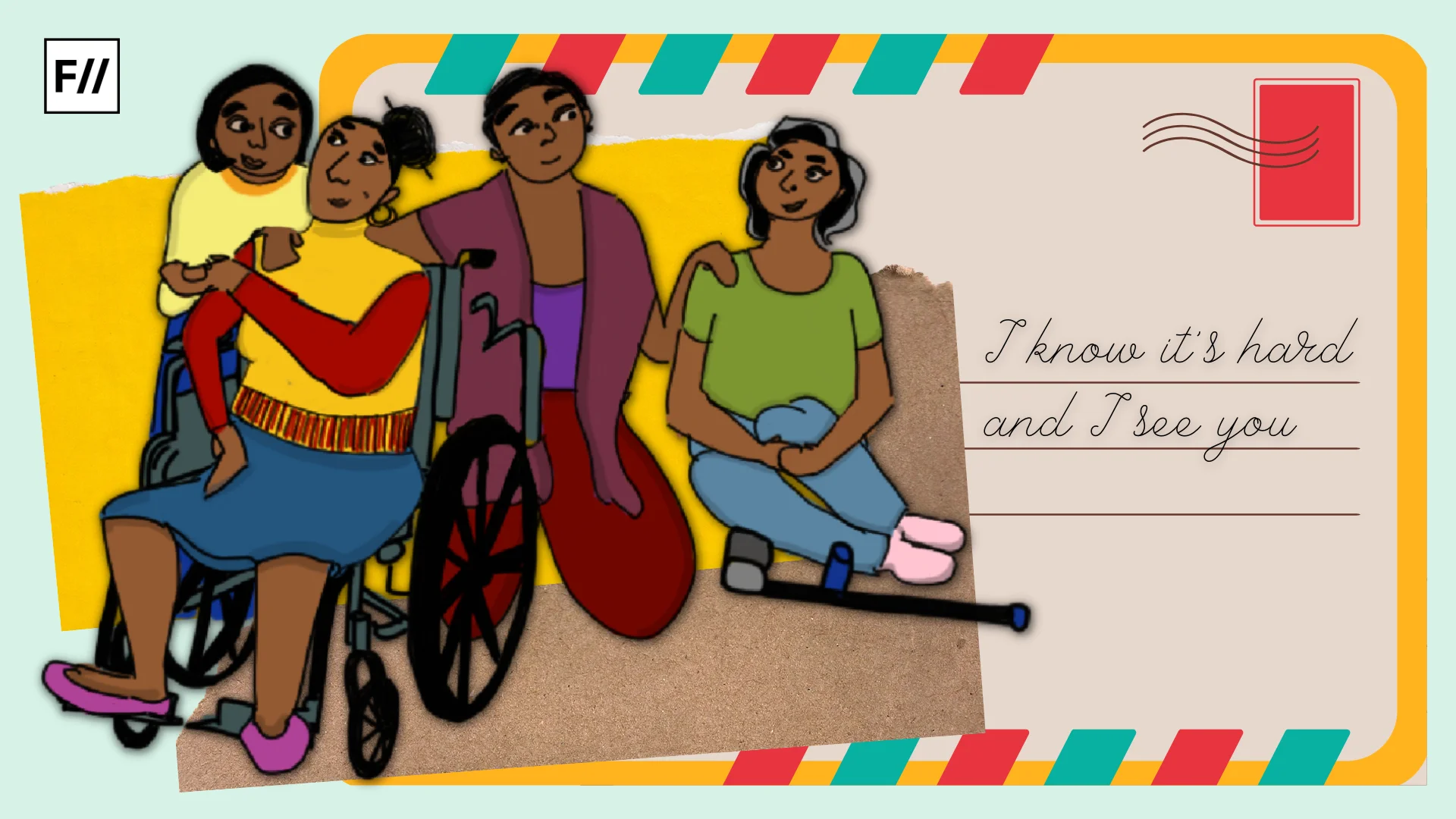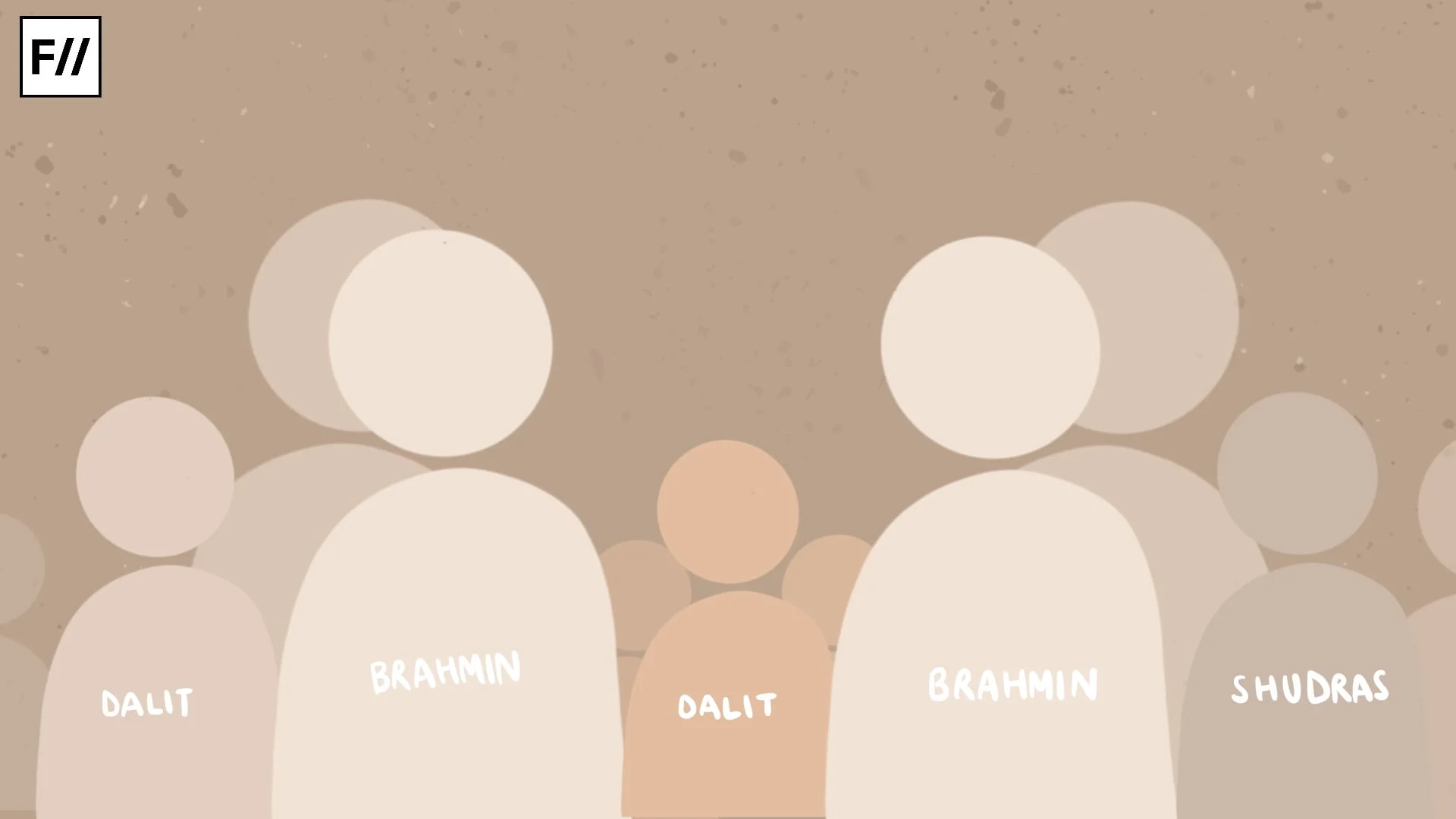Every morning from classes one to five, I would spend fifteen minutes in front of the wall-length mirror, covering my face with white powder. I wouldn’t stop until my skin looked so pale and ashen that it made my mother gasp in shock—only to then spend the next five minutes hurriedly washing it all off before the school bus arrived. On the days I left the house without the powder, I was overwhelmed with anxiety—anxiety about being seen as I truly was.
Growing up in the 2000s, my childhood was immersed in the world of Indian television—groovy Bollywood songs, over-the-top masala films, and endlessly catchy advertisements.
For most part, the representations of women in these forms of media formed my ideal growing up.
Theorists often talk about how mass-media play a powerful role in constructing ideal types and role models of behavior during childhood and adolescence.
The contrast between what I saw on screen and what I saw in myself bred deep insecurities. My self-worth became tethered to how closely I could mimic those ideals—lighter skin, “tame” hair, and features that didn’t feel my own.
The women I saw on TV often became my role models, shaping my earliest understandings of femininity and womanhood. Yet, the version of femininity they portrayed felt distant and unattainable—fair-skinned, straight-haired, thin, and polished with anglicised features. When I looked in the mirror, I saw none of that. The contrast between what I saw on screen and what I saw in myself bred deep insecurities. My self-worth became tethered to how closely I could mimic those ideals—lighter skin, “tame” hair, and features that didn’t feel my own.
My mother, too, influenced by the same beauty standards and sharing in my quiet anguish, became complicit in these efforts. Thousands of rupees were spent on fairness creams, powders, and anti-tanning masks—all in pursuit of a version of beauty neither of us could truly claim as ours.
The construction of Eurocentric beauty standards
Beauty standards are socially constructed and the omnipresent idealisation and universalisation of Eurocentric beauty ideals as portrayed in Indian media did not dawn upon me until I got exposure to television from different cultures and saw representation of different body types.
My academic engagement with feminist theories and media studies during my degree further deepened this awareness. I came to understand how Indian media’s portrayal of women operates as a powerful tool of social control, reinforcing and normalising Eurocentric beauty standards. These portrayals are not just aesthetic preferences but reflections of postcolonial imposition, sustaining hierarchies of appearance that marginalise indigenous features and bodily expressions.
The idealisation of certain beauty standards and their perpetuation in Indian society sits at the intersection of feminist, post-colonialist and neo-Marxist theories.
Even though women have gained more power, they are still defined by and in the context of patriarchal constructions of beauty. At the same time, these standards derive from the preference for fair skin and Western features rooted in colonial history, where whiteness was associated with power and privilege. This has been perpetuated by media representations that glamourise fair-skinned actresses, normalise skin-lightening products, and marginalise darker-skinned women.
Practicing feminism: Just a Matter of internal changes?
Now in the third year of my studies as a student of sociology and practicing feminist, such oppressive structures have become well clear to me.
Yet, I myself scrolling through beauty channels desperately trying to find a magical solution to my scars or the latest product to ‘cure’ myself of my excessive melanin.
Just like the five-year-old me, every morning I stand in front of the mirror hiding my acne marks and my dark lips.
The myth of “fitting in” weighs on me every day, as I struggle to tuck the awkward parts of my body into tight, structured pieces of clothing—hoping to mould myself into a shape that was never mine to begin with.
The myth of “fitting in” weighs on me every day, as I struggle to tuck the awkward parts of my body into tight, structured pieces of clothing—hoping to mould myself into a shape that was never mine to begin with.
The deep internalisation of gender norms, even for practicing feminists have meant that they have not been able to escape such norms. This internalisation is manifested not merely through internal beliefs but everyday lived experiences and relationships with others in the society who actively reinforce such beliefs. Even feminists may experience cognitive dissonance: intellectually rejecting Eurocentric beauty standards as patriarchal, yet feeling compelled to adhere to them for self-esteem, confidence, or simply to avoid social penalties.
Social penalties use unkempt, “lazy,” or less professional, and may face discrimination or exclusion in both personal and professional spheres.
I often find myself questioning my adherence to these norms and upon deeper reflection I land upon the fact that how construction of self-image is not a matter of internal self-love but very well stems from social relations and societal validations. The tenet of ‘loving-yourself’ is difficult to follow in practice because our very definition of ‘lovable’ characteristics stem from such societal constructions
Deviance and freedom from beauty norms thus, is not just a matter of internal change. The dissonance arising from such deviation is constructed through internalising societal values. To break away from confirming such social values is not a matter of internal courage but requires a systematic drive for a change in social relations and a supportive system that fosters differences rather than holding them in a hierarchical relation.
About the author(s)
Sohalika Shrivastava is a 3rd year student at IIT Madras out and about to carve a niche for herself. In her free time she likes to read about and learn animal fact




